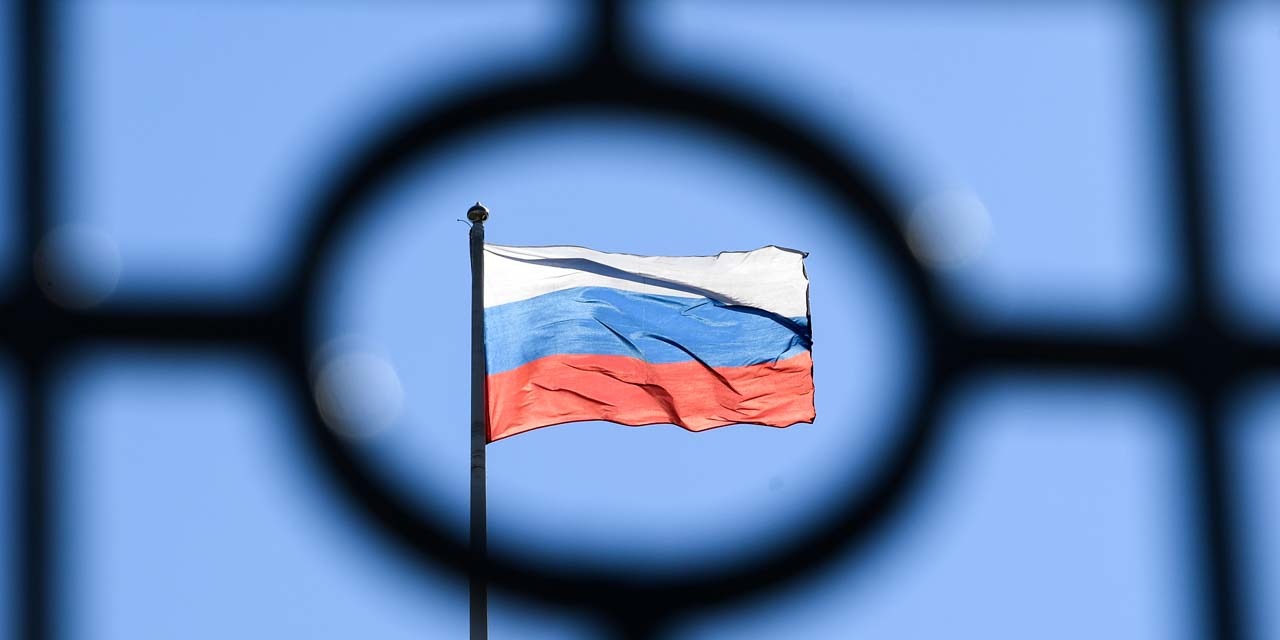The rate of radioactivity after the explosion on Thursday on a base of missile tests in the Far North has exceeded up to sixteen times the usual rate, said Tuesday the Russian weather agency Rosguidromet.
A rate sixteen times higher than normal
On August 8, 2019, at 12 noon (11 am in France), just after the explosion, "six of the eight Severodvinsk sensors experienced an increase in the power of the radiation doses (which was then) from four to sixteen times higher than usual, "said Rosguidromet in a statement. One of the sensors notably found a radioactivity rate of 1.78 microsievert per hour, while the regulatory limit is 0.6 microsievert / hour in Russia and the average natural radioactivity at Severodvinsk is 0.11 microsievert / hour.
The city of Severodvinsk is located about thirty kilometers from the base of Nionoska, where the explosion took place. On the day of the accident, a local civil defense official, Valentin Magomedov, told the Russian news agency TASS that the radiation level had risen to two microsieverts per hour for thirty minutes.
No risk to health
Rosguidromet says these levels of radioactivity have dropped quickly to return to normal in the afternoon. These rates do not present any health risks, the World Health Organization (WHO) estimating for example that cancer risks can increase from 50,000 microsieverts received and the Institute for Radiation Protection and Nuclear Safety (IRSN) French recommending sheltering populations from 10,000 microsieverts.
Five employees of the Russian nuclear agency Rosatom died in this explosion. According to her, they were working on "new weapons" and providing engineering and technical support for the "isotopic energy source" of a missile engine being developed.

